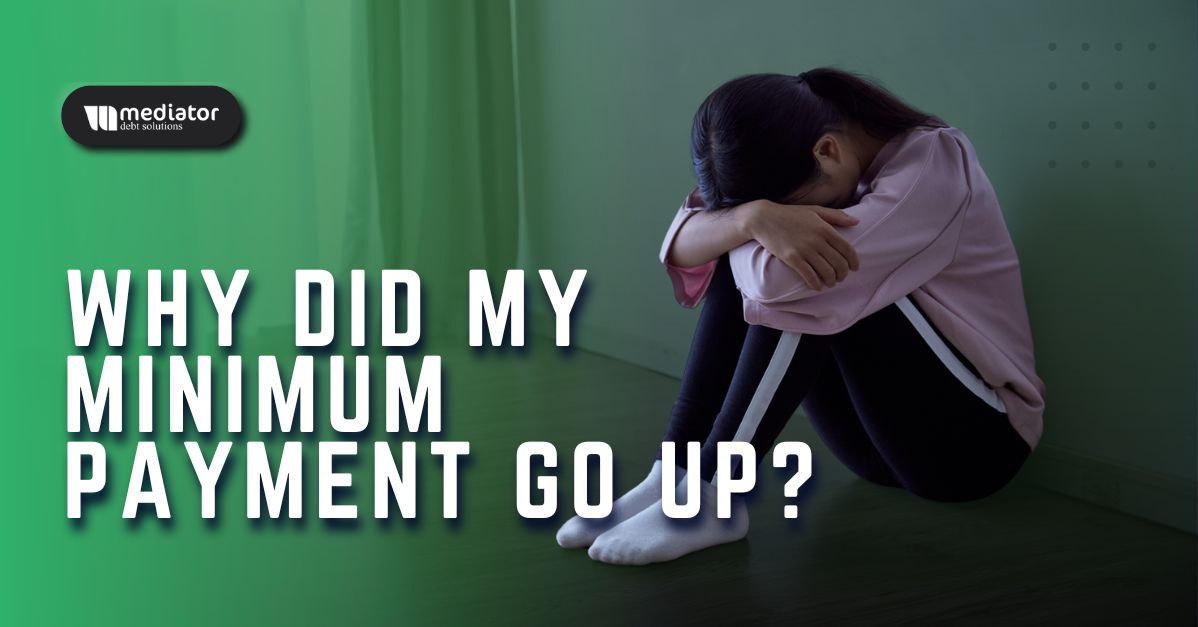Last quarter, the Center for Microeconomic Data at New York University released its Quarterly Report on Household Debt and Credit. The Report shows that total household debt has increased by $312 billion, or 2%, to $16.15 trillion in the second quarter of 2022. Balances have grown by $2 trillion since the end of 2019, before the COVID-19 pandemic began. The New York Fed’s nationally representative Consumer Credit Panel is used for data in this report and shows increases across the board.
There is no doubt that the American debt nightmare continues in 2022 and is heading strong into 2023. A big part of this is that mortgage balances increased by $207 billion in the second quarter of 2022 and reached $11.39 trillion at the end of June. Credit card balances grew by $46 billion as well.
Increased Debt Across America
What does increased mortgage balances mean for America’s outlook in terms of debt? It means that more and more Americans are taking on mortgage debt to buy homes, most likely as a result of historically low interest rates. However, it is important to note that while homeownership can be a path to building wealth, it can also be a source of financial strain if not managed properly. As rates have now increased and continue to increase, it is crucial for homeowners to assess their financial situation and make sure they can afford their mortgage payments.
The credit card debt increasing and surpassing $46 billion is another story. Credit card balances increasing yet again points to a culture of overspending and potentially not being able to afford those purchases. It is important for individuals to assess their spending habits, create a budget, and pay off credit card debt in a timely manner to avoid high interest rates and financial strain.
What if the same people who are overspending are also the same people who bought homes at ridiculous prices regardless of rates? Is it a lack of financial literacy or just a disregard for the future? Only time will tell, but one thing is for sure: now more than ever, it is crucial for individuals to take control of their finances and manage their debt in a responsible manner. The American debt nightmare continues, and it’s up to each individual to work towards solving it.
Outlooks for Debt in America
Some positive outlooks for the debt situation are:
-Delinquency rates have actually decreased across all debt types, showing that more individuals are paying their debts on time
-Student loan balances have decreased by $16 billion, possibly due to loan forbearance and other relief programs during COVID-19
-Auto loan balances have also decreased by $13 billion
However, it is important to keep an eye on these balances as we enter the next year and see how they continue to change. It is up to each individual to make responsible financial choices and work towards solving the American debt nightmare.
The problem with debt in general is that interest adds up. If individuals don’t manage their debt and make timely payments, it can quickly spiral out of control. It is important to remember that taking on debt, whether it be for a mortgage or credit card purchases, should not be entered into lightly and always with a plan to pay it off in a responsible manner.
Making Payments is Getting Harder and Harder
2022 saw that more people are carrying more balances despite delinquency rates dropping. Carrying balances over month to month can be risky if:
-interest rates increase
-unexpected expenses arise
Will credit card rates increase in 2023? Will mortgages become harder to afford as rates rise? These are important questions for individuals to consider and plan for in their financial future. There is no way to tell but without a doubt they are things to keep in the front of our minds.
Unexpected expenses, like job loss or medical bills, can make it even harder to pay off debt. Unemployment in 2022 saw a slight increase, meaning it is even more important for individuals to have an emergency fund and plan for the unexpected.
How many people have emergency funds? On average, Americans have less than $1,000 saved in an emergency fund, which can easily be depleted in the event of job loss or unexpected expenses. A car repair, for example, can cost upwards of $1,000. Dental work can be just as expensive or more.
In 2008, the recession hit and showed us the consequences of irresponsible spending and taking on too much debt. It’s important for individuals, as well as policymakers, learn from past mistakes and find sustainable solutions to the growing problem of American debt.
What do you do if you are stuck in a debt situation and feel that making on-time payments is getting harder and harder? While credit counseling and bankruptcy are options that are often recommended, debt settlement is the solution that bodes best for most people. Here’s why.
-Debt settlement aims to negotiate with creditors to lower the overall amount that is owed, resulting in a smaller payout for the individual
-It also tends to have a faster resolution compared to credit counseling or bankruptcy
-In addition, debt settlement does not have as severe of consequences as declaring bankruptcy
The key to debt settlement goes hand in hand with the American debt nightmare: hardships. A financial hardship can be defined as a situation where an individual cannot afford to make their minimum payments. If you are experiencing financial hardship and struggling to manage your debt, consider reaching out to us for help. It may be the solution that can lead you towards a debt-free future.
Whatever 2023 brings, the idea is that mindful consuming and careful money management can mitigate global financial event consequences to a significant extent. Carrying over balances month to month not only means that you lose money on interest, it also means that you are not utilizing your funds in the best way possible. Prioritize paying off balances and finding a budget that works for you to ensure long-term financial stability and success.













